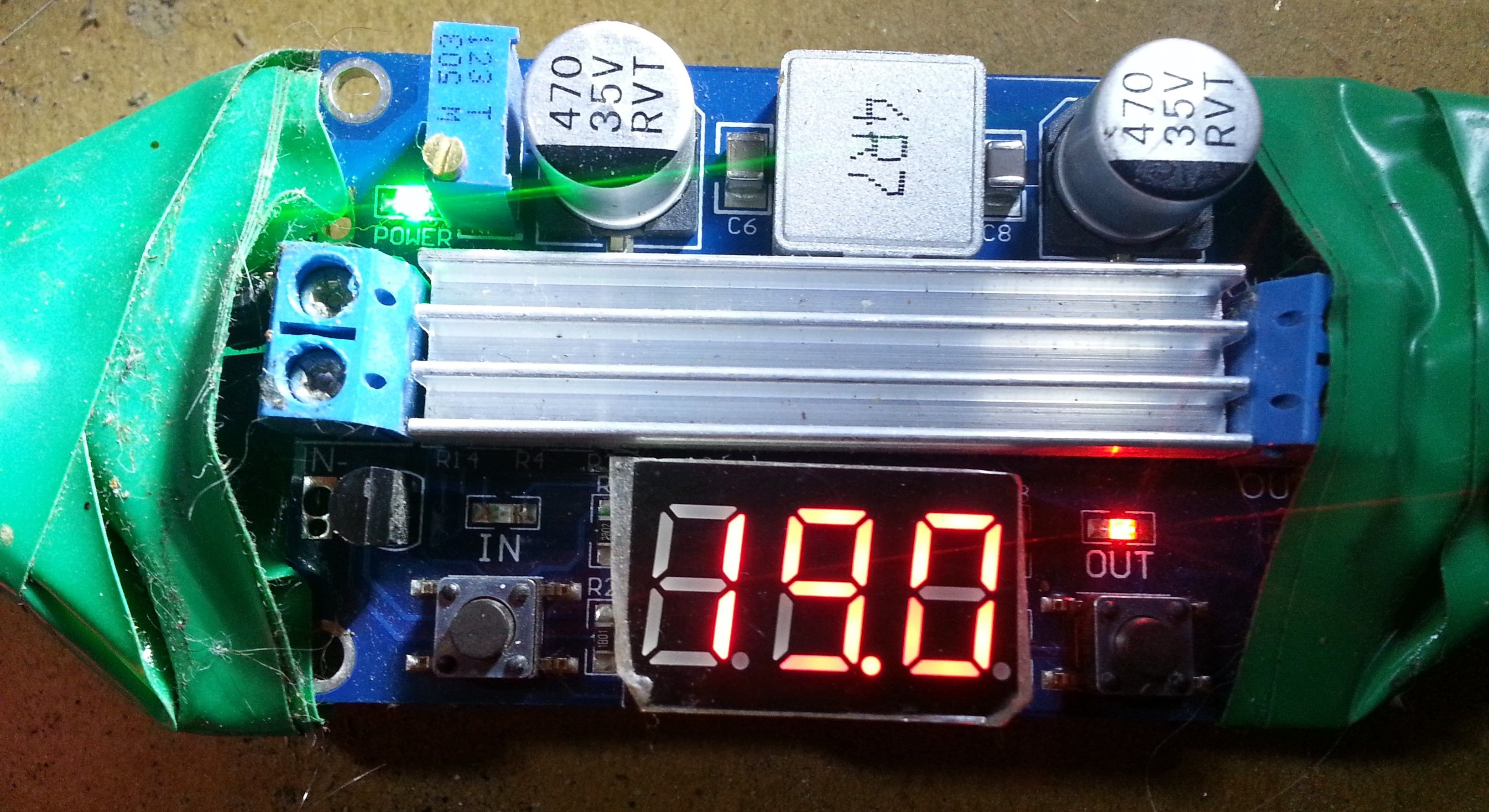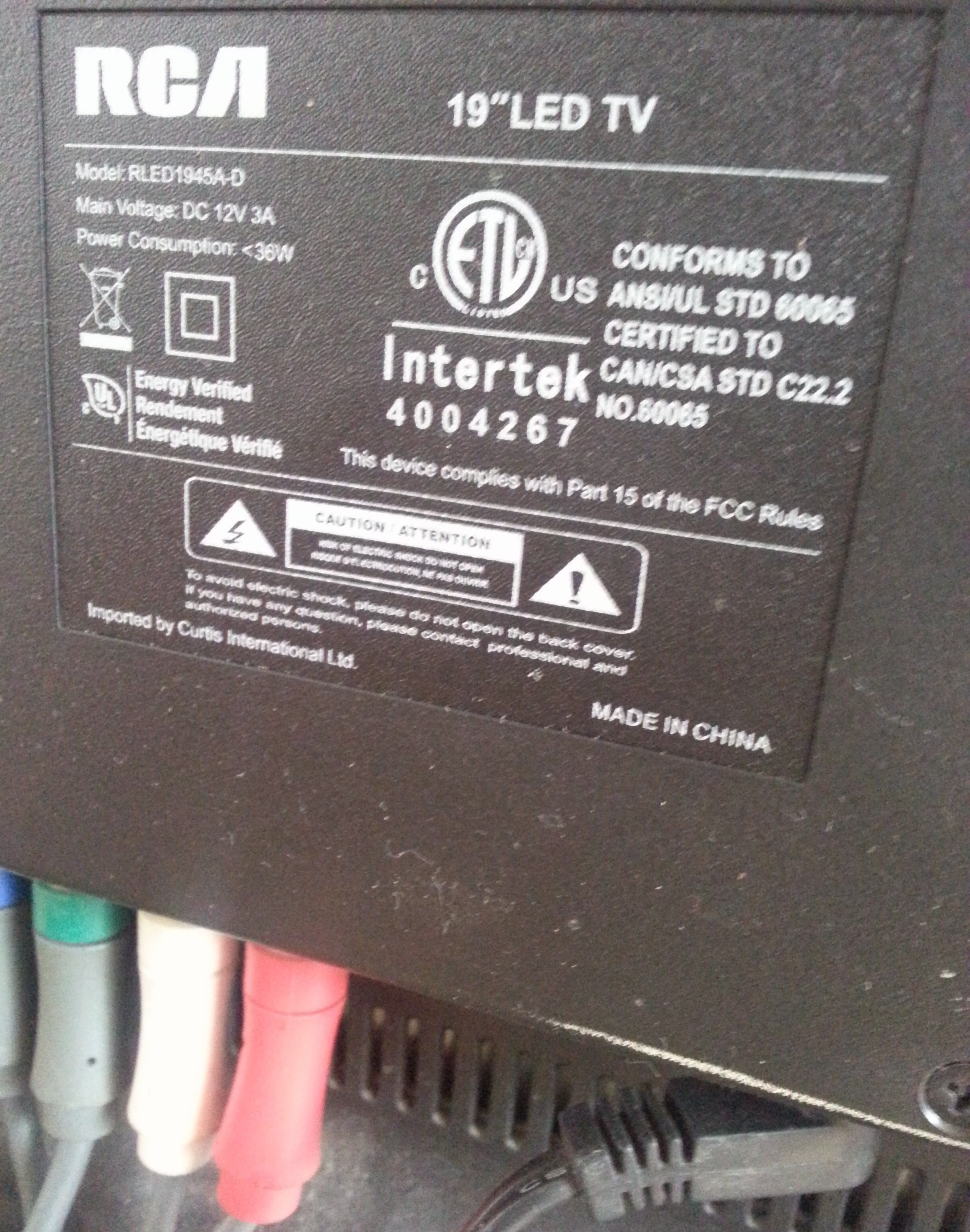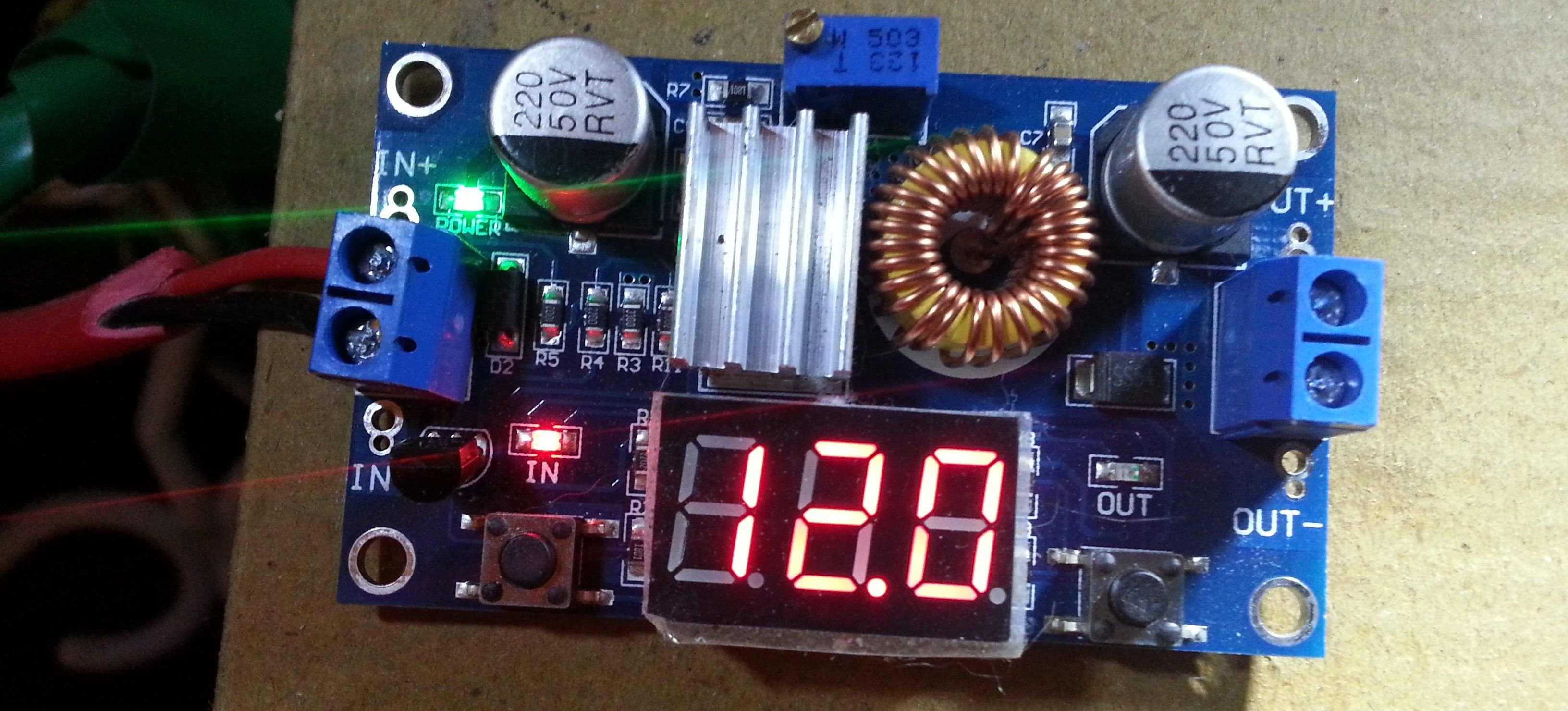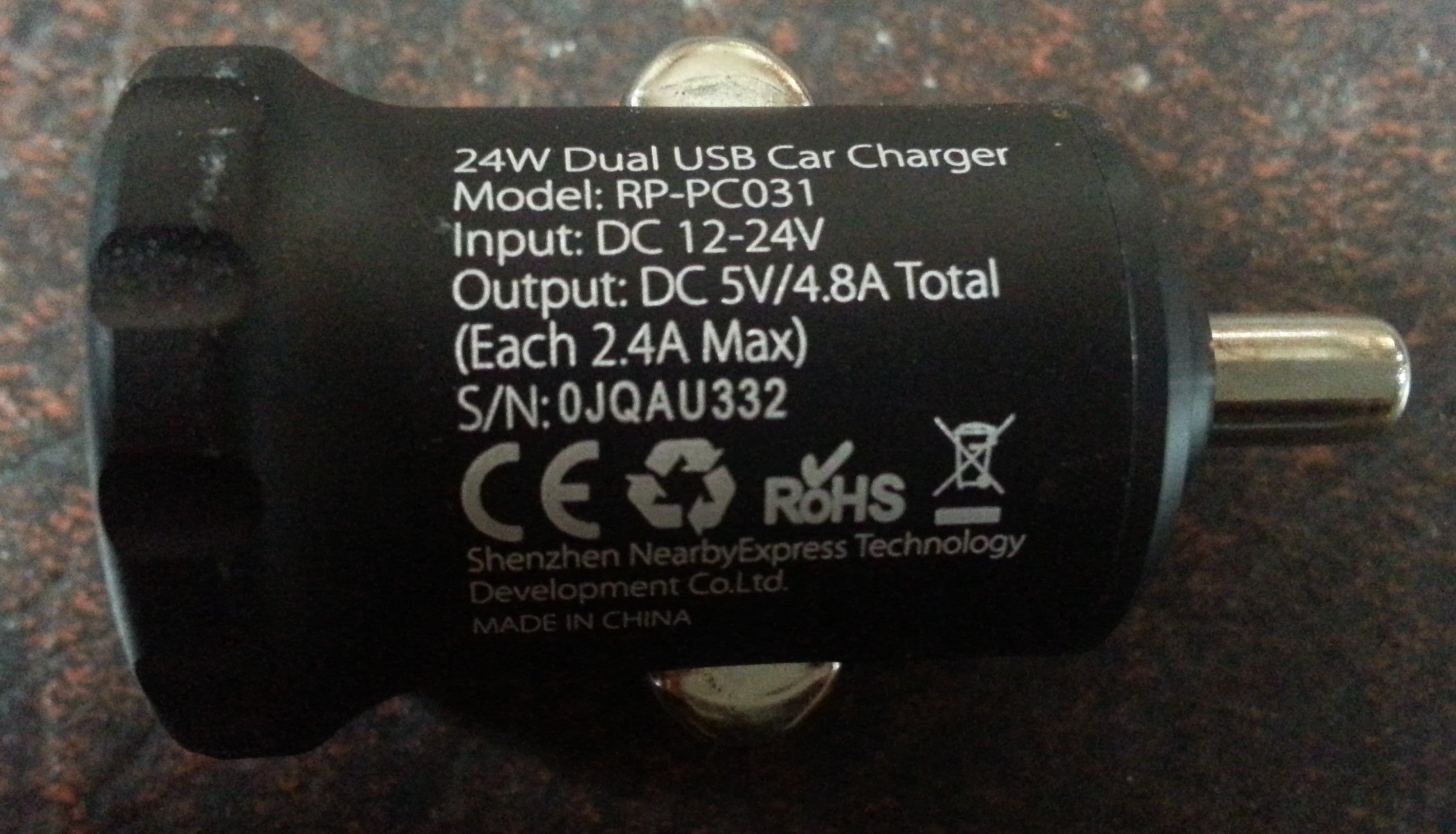In many off-grid solar and other alternative power setups, the 12 Volt to Standard Household Voltage Inverter can be a very useful item when it comes to powering larger voltage appliances. Fridges, freezers, washers, dryers, game consoles, bread machines, and many more appliances and tools are more readily available using the standard household voltage level.
Inverters have a 3% to 50% energy loss, depending how close the wattage being used is to the rated wattage of the inverter. If the wattage is smaller, the energy loss will be larger. A household size 3,000 watt inverter uses around 20 watts just for being turned on, a 300 watt laptop charging size inverter uses about 5 watts.

The picture below is of a typical 19 Volt laptop charger.

This is where double voltage conversion takes place. Energy is lost when the 12 Volt battery power is inverted to household voltage levels, then again when converted from household voltage down to the 19 volts for the laptop. Whenever this double voltage inversion is avoided, the energy is not wasted by the inverter in the middle. The picture below is of a Step Up Boost Converter.

This Step Up Boost Converter will take a voltage from 3 to 35 volts and convert it to any voltage you need between 3.5 and 35 volts. You can see I have the above converter set to 19 volts for the laptop. The converter has output wire posts to attach the DC wire that plugs into the laptop.

Above is a picture of the back of a 19" LCD TV. You can see that this device required 12 volts. You can also see the DC plug, plugged into TV at the bottom of the picture. Pictured below is the Step Up Boost Converter set to output 12 volts.

The first thought might be to directly hookup the DC plug to the 12 volt battery bank, but this could damage sensitive electronics in the TV. The voltage of my 12 volt battery bank ranges anywhere from 11.5 volts when getting low in power, up to 16 volts when fully charged and the panels are receiving full sunlight. The converter will consistently supply the requested output voltage regardless of the voltage input fluctuating.
There are many appliances, pumps, LED light bulbs, and tools that are 12 volt direct to the battery bank ready. Boats and Campers often have 12 volt battery banks, this may help you find hard-to-find 12 volt appliances to run direct, saving you from having any conversion/inversion battery output power loss.

USB car charging adapters are another great way to practice Single Conversion. Many USB chargeable chargeable devices these days require 2.4 amps to charge, be sure to to select the right charging adapter for your needs.
If you would like to learn more about off-grid solar systems, this previous post may be helpful:
@jackdub/my-solar-powered-cabin-setup
Stay tuned for more off-grid living tips.
Have a great day!
